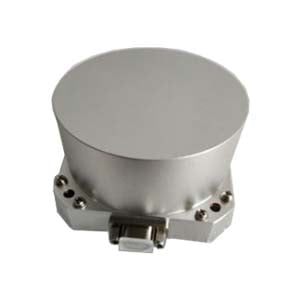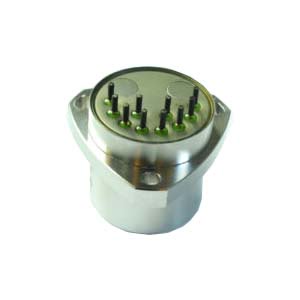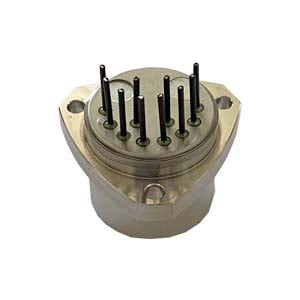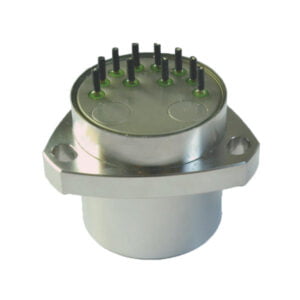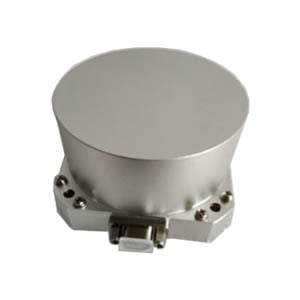In the inertial measurement system of the spacecraft, the inclination measurement of the vehicle, the balance posture detection of the robot, the posture detection of the body, and the like, it is necessary to measure the inclination angle of the object. The MEMS acceleration sensor is used to measure the tilt angle, and has the characteristics of small size, light weight, low cost, and mechanical mechanism that does not affect the object to be measured.
The current accelerometers are available in a variety of ways, mainly in the piezoelectric, capacitive, and thermal sensing styles. Each of these three technologies has its advantages and disadvantages. Take the technical principle of a capacitive three-axis accelerometer as an example. Capacitive accelerometers can sense motion conditions such as acceleration or vibration in different directions. The utility model mainly designs a movable mechanism which utilizes the mechanical properties of silicon. The mechanism mainly comprises two sets of silicon comb teeth, one set is fixed, and the other group moves with the moving object; the former is equivalent to a fixed electrode, and the latter functions as a fixed electrode. Moveable electrode. When the movable comb teeth are displaced, a change in the capacitance value proportional to the displacement is produced.
Most of the current three-axis accelerometers use piezoresistive, piezoelectric and capacitive operating principles, and the resulting acceleration is proportional to changes in resistance, voltage, and capacitance, and is collected by corresponding amplification and filtering circuits. This and the ordinary acceleration sensor are based on the same principle, so in a certain technology, three single axes can be turned into a three-axis. For most sensor applications, two-axis accelerometers are already available for most applications. However, some applications are concentrated in three-axis accelerometers such as digital mining equipment, valuable asset monitoring, collision monitoring, measuring building vibrations, wind turbines, wind turbines and other sensitive large structural vibrations.
As the basic component of the inertial navigation system, the three-axis accelerometer is widely used in the aviation field, and the signal transmission between it and the system controller, processor and memory is mainly carried out through the space bus.Taking ER-3QA-02D triaxial quartz accelerometer as an example, it has the characteristics of digital output, high precision installation error, temperature compensation and low power consumption.
Performance index of triaxial acceleration
Through the analysis and evaluation of the performance index of the accelerometer, it is possible to have a good grasp and control of the accelerometer, so as to select the accelerometer with appropriate precision in practical engineering. It mainly includes scale factor, bias stability, bias instability, the most important of which are sensitivity, bias stability and bias instability.
Scale factor The difference in scale factor caused by changes in ambient temperature, scale factor refers to the ratio of the accelerometer and corresponding output to input, one of the indicators that affect the accuracy of the accelerometer. This generally uses field binding and constant temperature measures to overcome the impact of ambient temperature on the accelerometer.
The bias stability of an accelerometer refers to the non-zero output caused by various interference factors when the accelerometer has no acceleration input. This will cause additional measurement errors in the accelerometer. Its bias instability is divided into two parts, namely systematic bias and stochastic bias, and systematic bias is the main one.
(1) Random bias is random noise caused by a series of random interference factors. The results show that the random zero bias is composed of two parts: stationary random zero bias and random walk zero bias. For the traditional accelerometer, the stationary random zero bias is the main component, and its standard deviation or bias stability is an important technical index to measure and evaluate the performance of the accelerometer. The main error for micromachined accelerometers is the random walk zero bias. When state feedback control is adopted in inertial navigation system, the influence of random zero bias on inertial navigation system will be eliminated.
(2) One of the factors that cause the error of navigation system to accumulate over time is the zero bias of the system. The system zero bias is caused by systematic interference factor and has certain regularity.
If you want to get more details about, pls visit https://www.ericcointernational.com/accelerometer/
More Technical Questions
1.Calibration Method of Accelerometer
2.MEMS Accelerometer Packaging Technology
3.What is the Effect of Temperature Coefficient on Quartz Accelerometer?
4.What Effect Does Temperature Have on Quartz Flexible Accelerometer?
5.How to Improve the Long-term Stability of the Quartz Accelerometer?
6.Quartz Accelerometer VS MEMS Accelerometer
Products in Article
